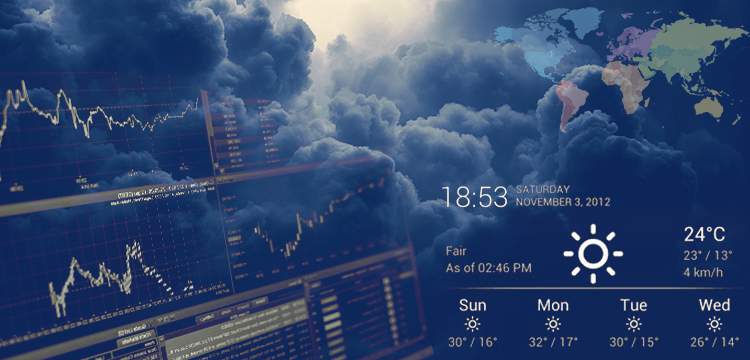Understanding the planet’s climate is like solving an intricate puzzle. We often hear about rising global temperatures, sea-level changes, and extreme weather events. But what does all of this mean? How do experts make sense of it all? Well, it’s all in the numbers. Climate analytics play a pivotal role in interpreting and predicting how our world behaves. With the aid of climate consulting and advanced technology, experts can distill complex climate data online, offering invaluable climate services to governments, organizations, and the general public. In this article, we’ll demystify some of the key metrics used in climate analytics and explain why they are so crucial.
The Importance of Temperature Metrics
When you step outside, the first thing you notice is the temperature. It’s the most basic and also the most vital metric in climate analytics. While a one-degree increase might not seem like much to us, it can signify a massive change on a global scale. Warming temperatures can result in the melting of polar ice caps and a rise in sea levels, affecting millions of lives.
Rainfall and Precipitation
We often carry an umbrella to shield us from rain, but in the world of climate consulting and analytics, rainfall and precipitation metrics serve as indicators of more extensive climate trends. Excessive or inadequate rainfall can signal climate imbalances, impacting agriculture water resources and even triggering natural disasters like floods and droughts.
Air Quality Index
We don’t often see it, but what we breathe affects us significantly. The Air Quality Index (AQI) measures the cleanliness of the air around us, taking into account pollutants like carbon monoxide, sulfur dioxide, and particulates. Poor air quality not only affects human health but can also signify larger climatic issues like industrial pollution or deforestation.
Sea-Level Change
A leisurely day at the beach might seem simple, but changes in sea levels can be a grim reminder of climate changes. By examining sea-level metrics, experts can predict future coastal erosion, increased flooding, and even the disappearance of entire islands.
Greenhouse Gas Emissions
Greenhouse gases such as carbon dioxide and methane have a significant impact on the Earth’s climate. These gases trap heat from the sun, causing global temperatures to rise—a phenomenon known as the greenhouse effect. Tracking these emission levels is vital for developing strategies to mitigate climate change.
Understanding Extreme Weather Events
From tornadoes to hurricanes, extreme weather events can cause immense destruction. While these phenomena are not new, their increased frequency and intensity could be climate-related. Keeping tabs on these events and their patterns can help us better prepare for future occurrences.
The Final Note
The role of climate analytics is not merely number-crunching; it’s about transforming raw data into meaningful insights. By leveraging advanced technologies and expert analysis, we can better interpret the warning signs and take necessary action. Whether you’re an individual with a small organization or a large-scale business owner, understanding these key metrics can make a difference to your business productivity. For those organizations interested in climate consulting to discuss the impact of weather on your business operation, AWIS Weather Services can help you with that. They are leading the way in providing state-of-the-art climate services. For more weather information, you can reach out to them by visiting their website, Awis.com.

